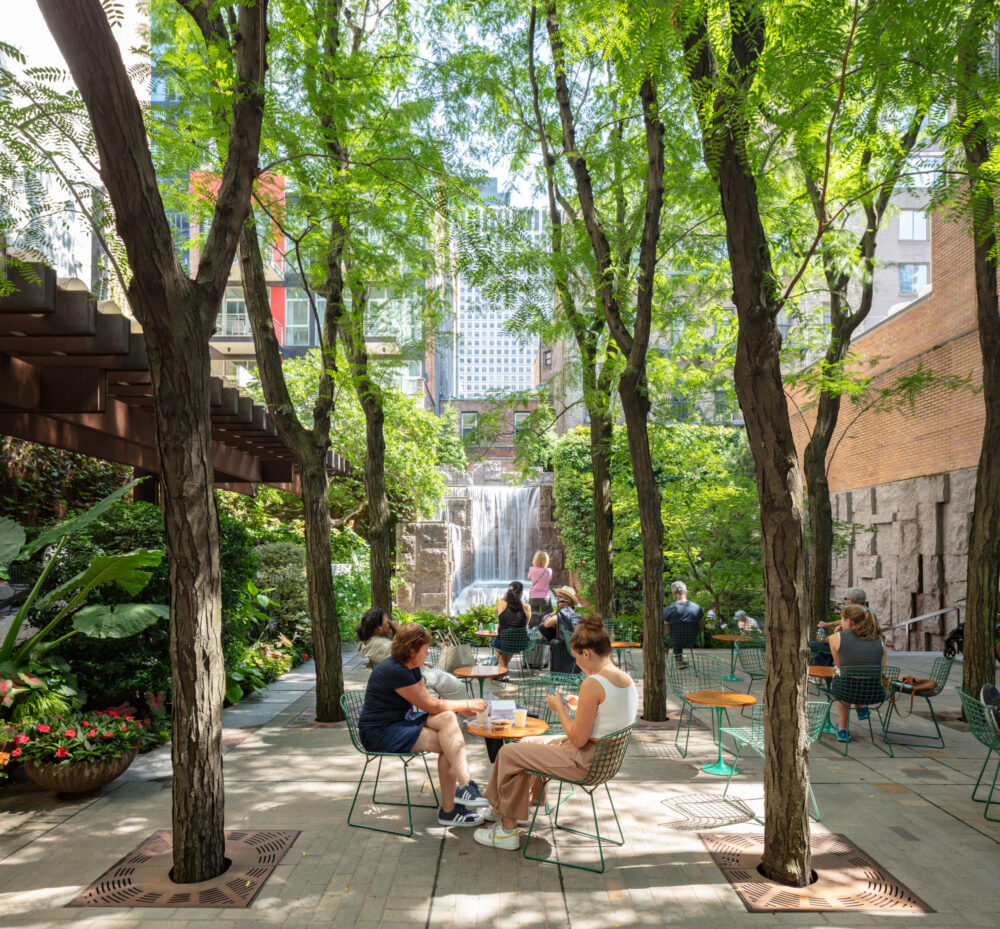
Greenacre Park
New York, NY
 Sasaki
Sasaki
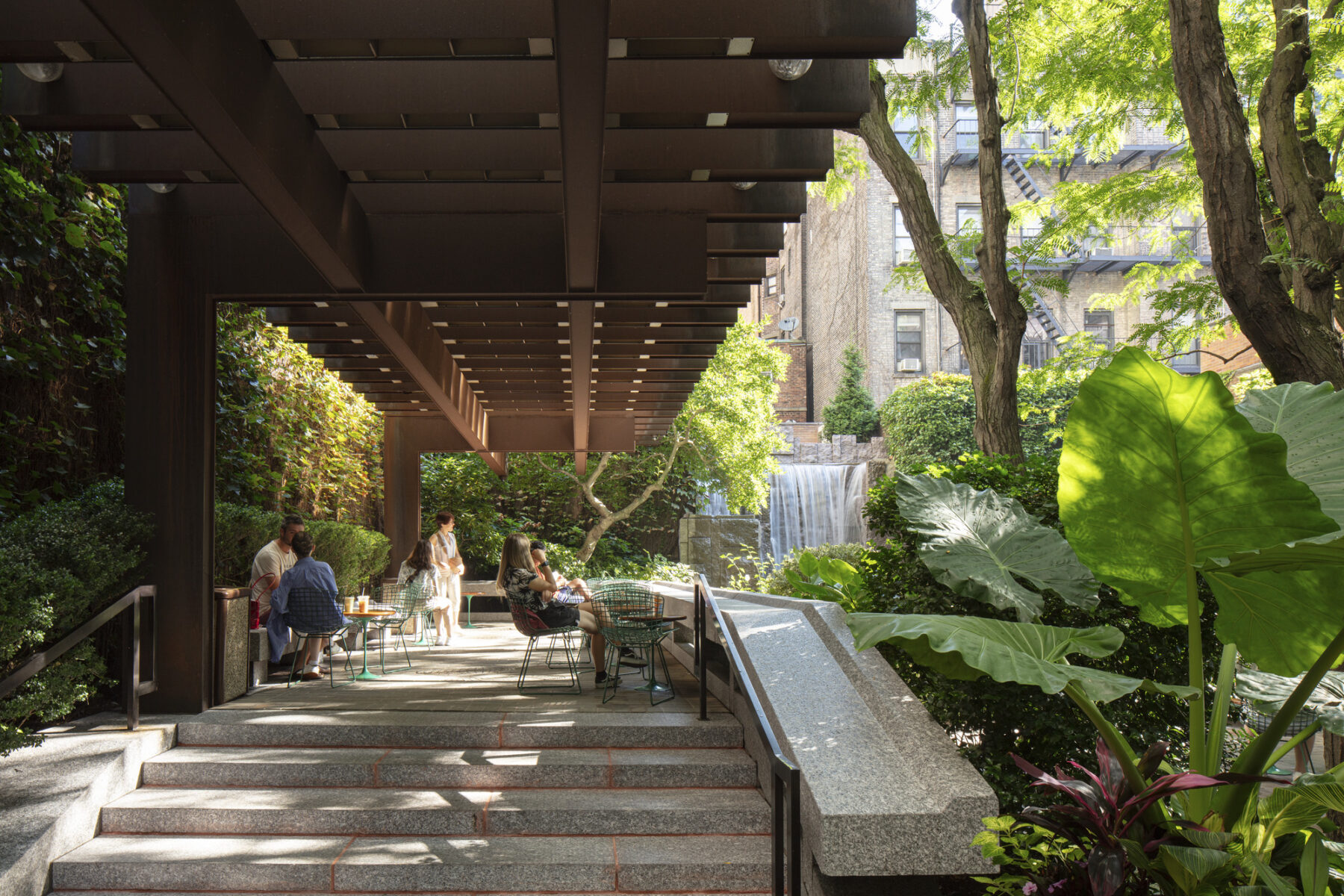
Rarely does our world stand still. In the history of cities, people have been drawn to epicenters of culture, learning, and opportunity. Four years ago, the coronavirus pandemic reshaped how we move and come together. In the span of a few months, it transformed daily life. The world stood still, and in this moment of pause, people began to look forward. We dreamed of community, of cities that were more biodiverse, beautiful and just.
As Sasaki looks back on 70 years of practice, we’re also looking to the future of cities. While we can’t predict what will be, we do know the future is plural; the needs of cities are as diverse as their scale, climate, economy, governance, and culture. In turn, no singular solution defines how we work. This approach defines Sasaki; from our different disciplines and projects to the rich array of professional backgrounds and personal experiences that make us who we are. Throughout our lives and in each city we work, diverse moments of pause and reflection continue to shape us.
As we plan for ever-changing communities, we continue to build a pluralistic practice. Taking stock, the following ideas illustrate ideas on the future and how we live and come together. Sasaki is designing for cities to not only be more socially and environmentally just, but more human. This is our mission: Better Design, Together.
Between Second and Third Avenue in New York City is a hidden oasis called Greenacre Park. Conceived by Abby Rockefeller Mauzé in the 1960s to provide New Yorkers with “some moments of serenity in a busy world,” the park offers tranquility to neighborhood residents and those tourists lucky enough to stumble across it. Within it, visitors can rest and unwind in a city that never sleeps. That stillness has continued to provide visitors with repose for over half a century.
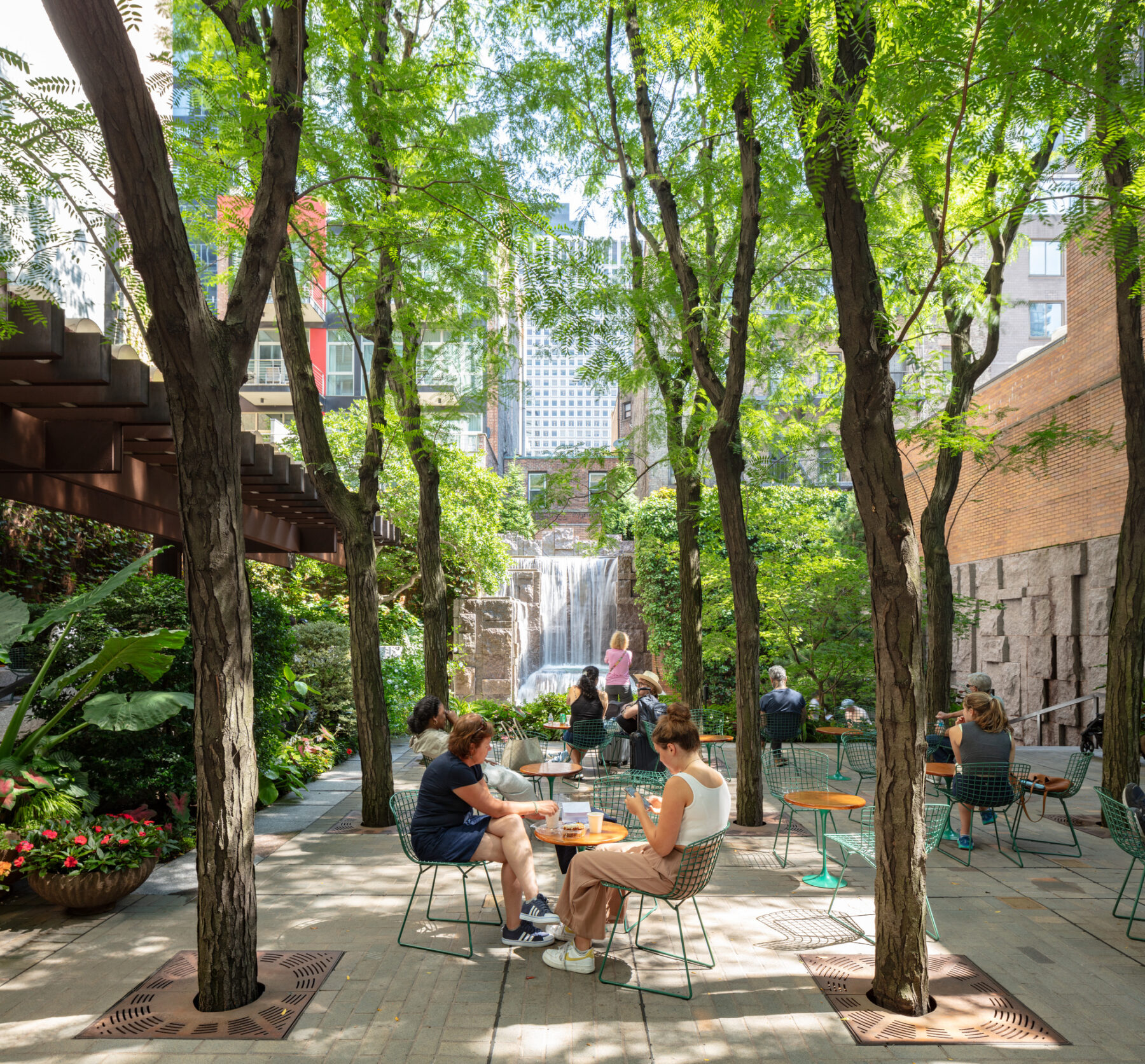
The park is made for people; it’s human-scaled, an archetypal example of the vest-pocket park popularized in the 1970s, and it offers tranquility while accommodating informal gatherings. The park’s trees allow in sunlight, and their protective canopies screen out adjacent buildings. The water sculpture is a sound buffer against traffic noise, while integrated lighting and radiant heating allow for both evening and cold weather use. Even when filled with people, the park never feels busy or crowded.
Cities reflect people’s beliefs, and they express what matters most to them. Our founder, Hideo Sasaki, was a respected landscape architect, planner, and teacher. In 1953, he founded the firm that would evolve into Sasaki. Greenacre embodies Hideo’s core values for the practice and our plurality, as well as how we think about cities today.
“We design the connective tissue of a city; it’s not only the places we create, but the small moments spent in-between,” notes Philip Dugdale, PLA, associate principal and director of Sasaki’s New York office. Currently part of the team undergoing post-occupancy studies of Greenacre, Dugdale sees the public realm and open space as opportunities for growth and bringing people together. “Sasaki’s design for Greenacre reflects our approach to cities: human-scaled, inventive, flexible, equitable, and accessible,” he explains. As beautiful as it is functional, Greenacre belongs to everyone in New York City. Sasaki’s work is not only about planning environmentally and socially just cities, but also creating rich experiences for contemporary life.
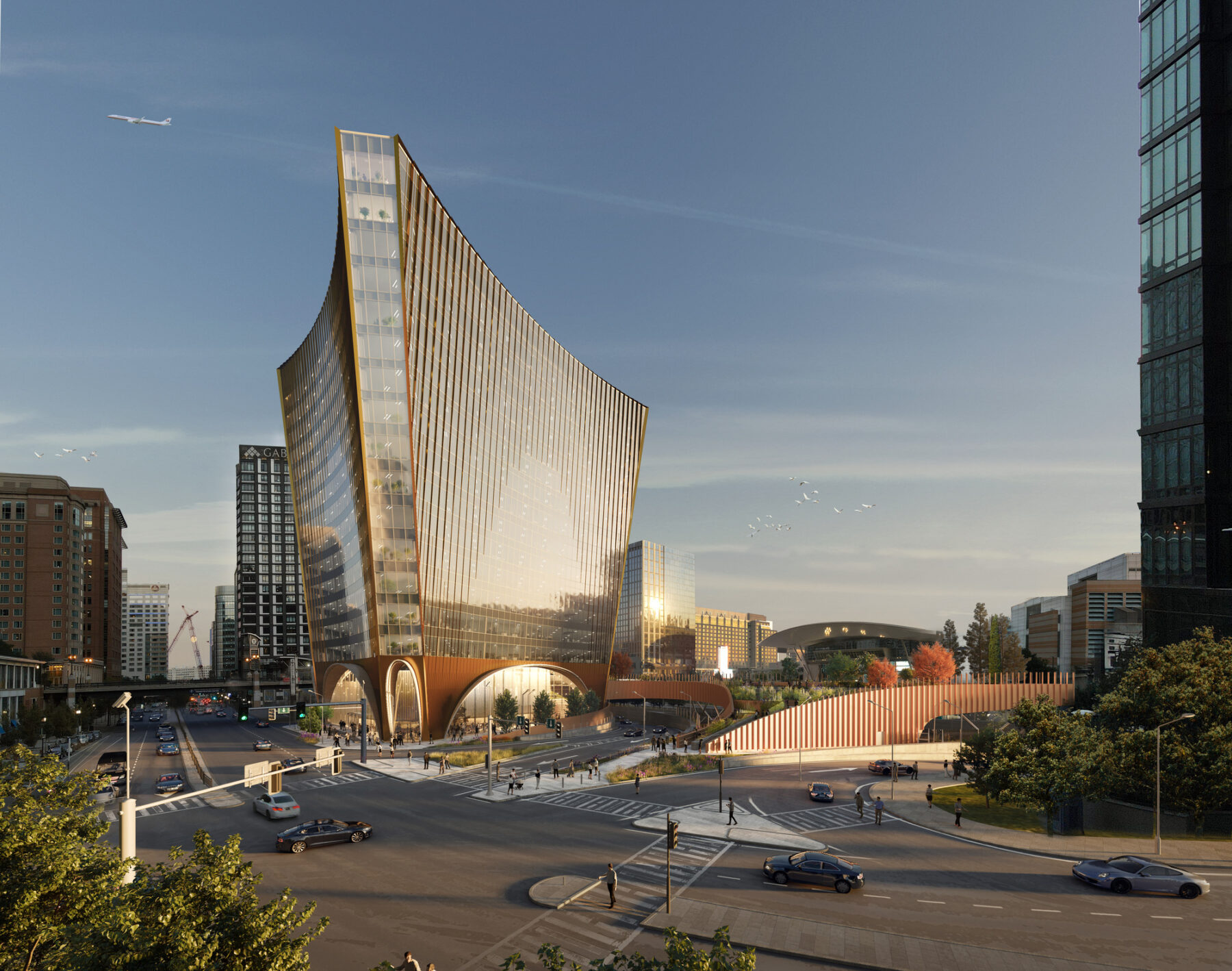
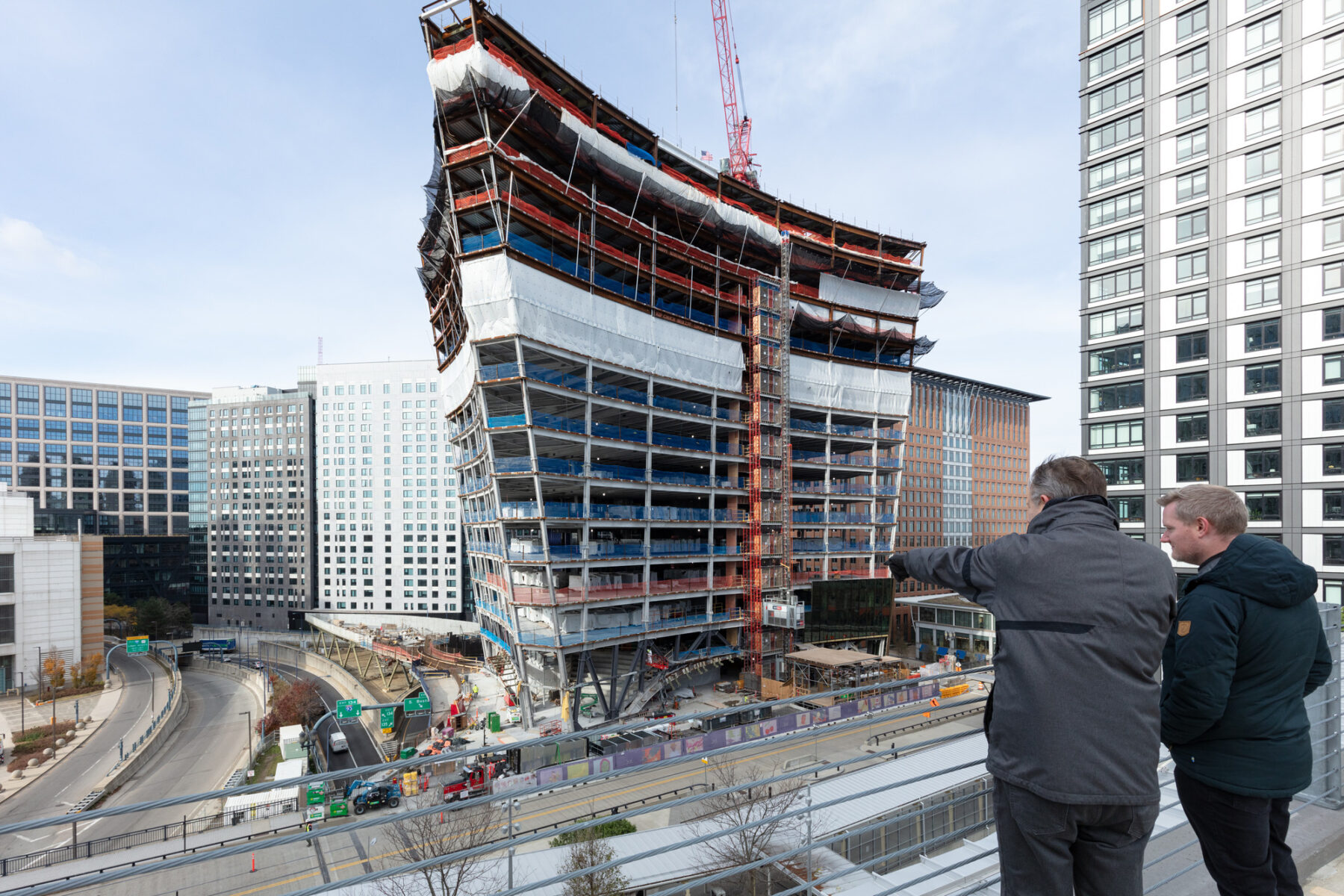
We experience cities at different scales—at the skyline and the sidewalk, for instance. At Sasaki, architecture is more than a landmark, but an opportunity to shape human experience and create connections. Currently under construction, 10 World Trade embodies this idea. The project is a new take on lab and office towers, departing from the ubiquitous glass box typology found in cities around the world. The urban fabric pulls the corners of the building outward, orienting views as the building also gestures to surrounding locations: the harbor, the developing Seaport and Congress Street, as well as the Boston Convention Center.
The 17-story lab, research and development building will offer class A office space in Boston’s Seaport neighborhood. To make the project more human-scaled, the surrounding context pushes in from all sides, and the base of the building becomes almost entirely transparent. The design allows the first two floors to be fully public, providing spaces for retail and community gatherings, and encouraging pedestrians to move freely around and through the building. The lower portion of the building, defined by structural arches, is a civic space open to all.
“The future of buildings is not only about the buildings themselves. It’s about integrating every aspect of the place to create something unique, usable, sustainable, experiential, and beautiful,” says Victor Vizgaitis, AIA, LEED AP, principal and chair of architecture & interior design
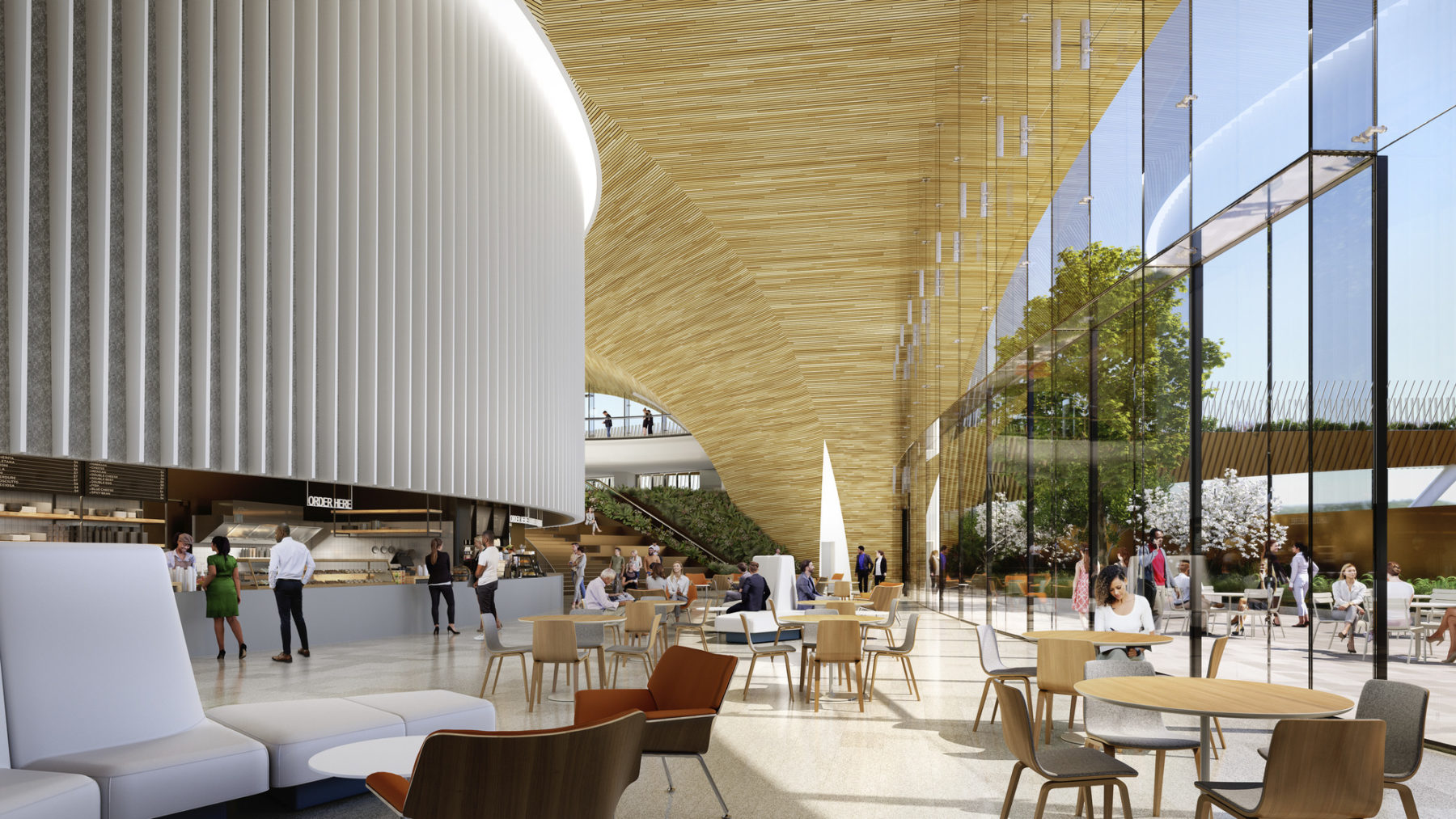
"The future of buildings is not only about the buildings themselves. It’s about integrating every aspect of the place to create something unique, usable, sustainable, experiential, and beautiful."
-Victor Vizgaitis, principal and chair of architecture & interior design
Architecture is a building block and a testing ground for larger urban ideas. From buildings and interiors, innovative ideas can transform the fabric of cities. The intricacies of a building, its spatial relationships, and the integration of sustainable design approaches can be examined in depth, providing a microcosm for understanding how these elements might function on a larger scale. Successful architectural interventions serve as prototypes to inspire developers, planners and policymakers to adopt and test new concepts that address the complex challenges of modern cities. This is Sasaki’s approach to architecture; we create rich experiences that serve as a catalyst for transforming urban life and community well-being.
While the future of cities is here, it’s unevenly distributed. Each city is tackling its own set of challenges; from improving transit to decarbonizing buildings. To meet these needs, we hold to the idea of designing together. Every project at Sasaki is considered within its cultural, historic, geographic, environmental, social, and economic context. With the growth of populations, we’ve found that local values are key to shaping modern cities. These values are what we return to in the face of rapid technological and environmental change.
Between the complexity of modern “smart cities” and the desire to fine-tune our real-time understanding and knowledge, new opportunities arise. For Siqi Zhu, associate principal and Sasaki’s director of planning & urban technology, Greenacre became an entry point to using technology like urban sensing. “With the data we are gathering, we can have new understandings of environmental and resiliency challenges that cities face.” In this, we can leverage new advances to enhance efficiency, sustainability, and overall quality of life. These ideas extend to other projects, with technology we’ve developed like Carbon Conscience which helps designers assess carbon impact.
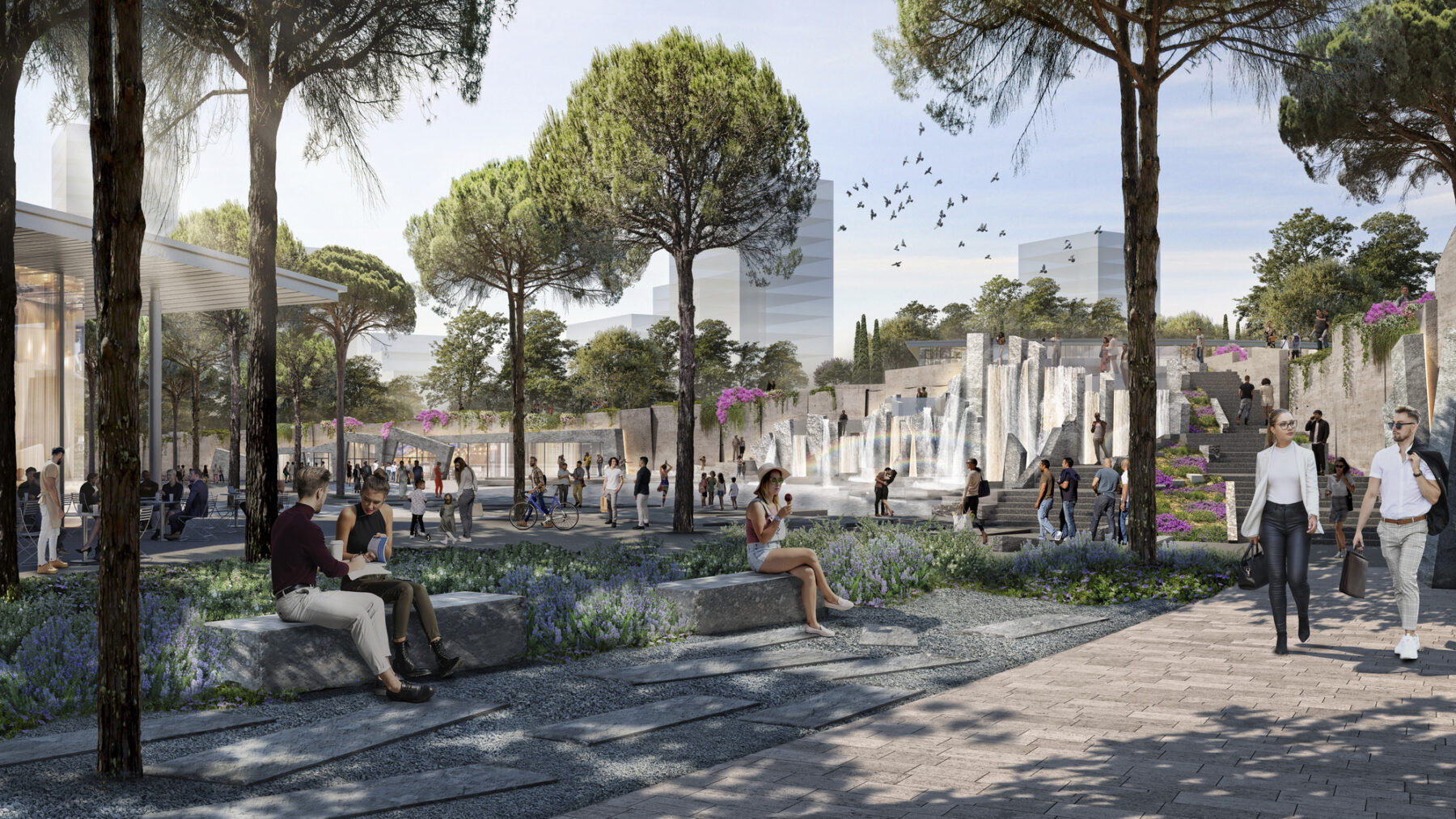
In Greece, the decommissioning of the original Athens International Airport presented an opportunity to transform obsolete infrastructure into a resilient and high-performance landscape. Implementing Carbon Conscience in the early project stages, the tool and its insights gave rise to our design for Ellinikon Park. This park began the planning and analysis phase from a carbon perspective, including extensive research into local ecosystems’ carbon sequestration ability, carbon carrying capacity, and life cycle assessments for local materials and manufacturing capacity. As Europe’s largest coastal park, Ellinikon is poised to set a new standard for ecological restoration. It also models how to rethink approaches to design, programming, and funding of future public parks across the world.
“Designing with tools like Carbon Conscience represents how we work. It’s the right thing to do for clients and the planet,” explains Anna Cawrse, principal and landscape architect. “At Ellinikon, it allowed us to better design a beautiful public park while modeling new approaches to ecological restoration and carbon neutrality. As landscape architects, our task is to create spaces that not only delight, but nurture the soul. We believe in designing landscapes that echo the resilience and beauty of the ecosystems we strive to protect.”
"As landscape architects, our task is to create spaces that not only delight, but nurture the soul."
-Anna Cawrse, principal and landscape architect
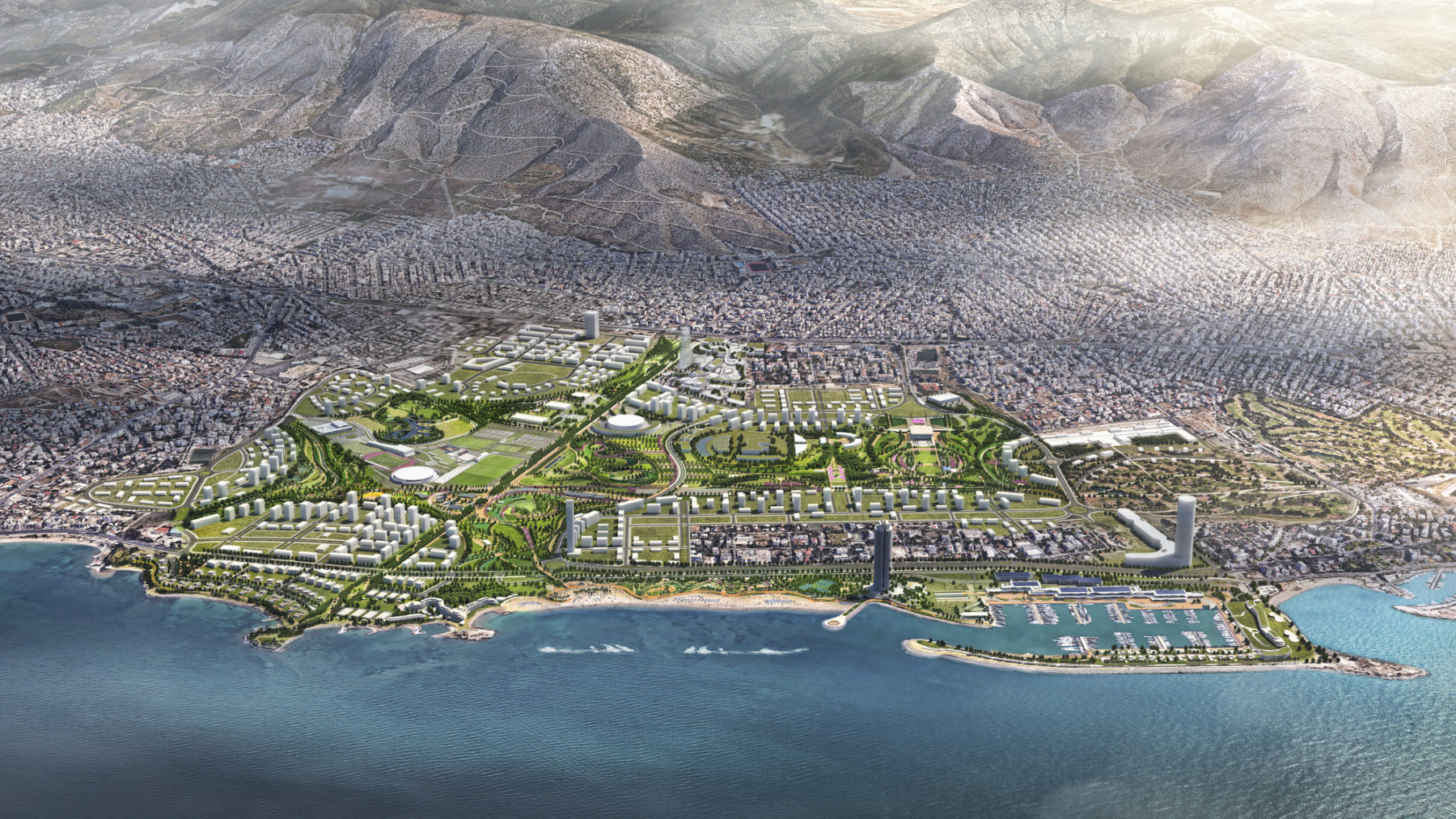
Cities continue to grow in number and size, and with them, questions of how to reimagine aging infrastructure. Some of the world’s largest cities have grown steadily for hundreds of years, while others have seemingly appeared overnight. Now, over half the world’s population lives in urban areas, and around two-thirds of people will be living in cities by 2050. Our vision for the future of cities is closely tied to connectivity. Found across all of our planning work, projects are scaled to people. From parks and plazas to civic commons, our work builds connection by capitalizing on the potential of density, technology, and existing building stock.
The future of cities lies in adaptive reuse and the continuity of infrastructure. In Beijing, our plan for the 798 Arts District reimagines a postindustrial site for contemporary life. Factory 798 and others around it were once part of a weapons manufacturing district. In the district’s core, the focus was on adaptive reuse as industrial buildings became art galleries. On the periphery, empty lots became an opportunity for new development. After opening, the site became a center of China’s emerging modern art community.
Sasaki’s plan at 798 emphasized the arts as a central theme for the district; the existing infrastructure provided the perfect backdrop to creative pursuits. The project retains the essential qualities of the historic industrial aesthetic while developing strategies to make the district more visible and connected to the city. As a result, it came to encourage a wide variety of arts-related and contemporary uses.
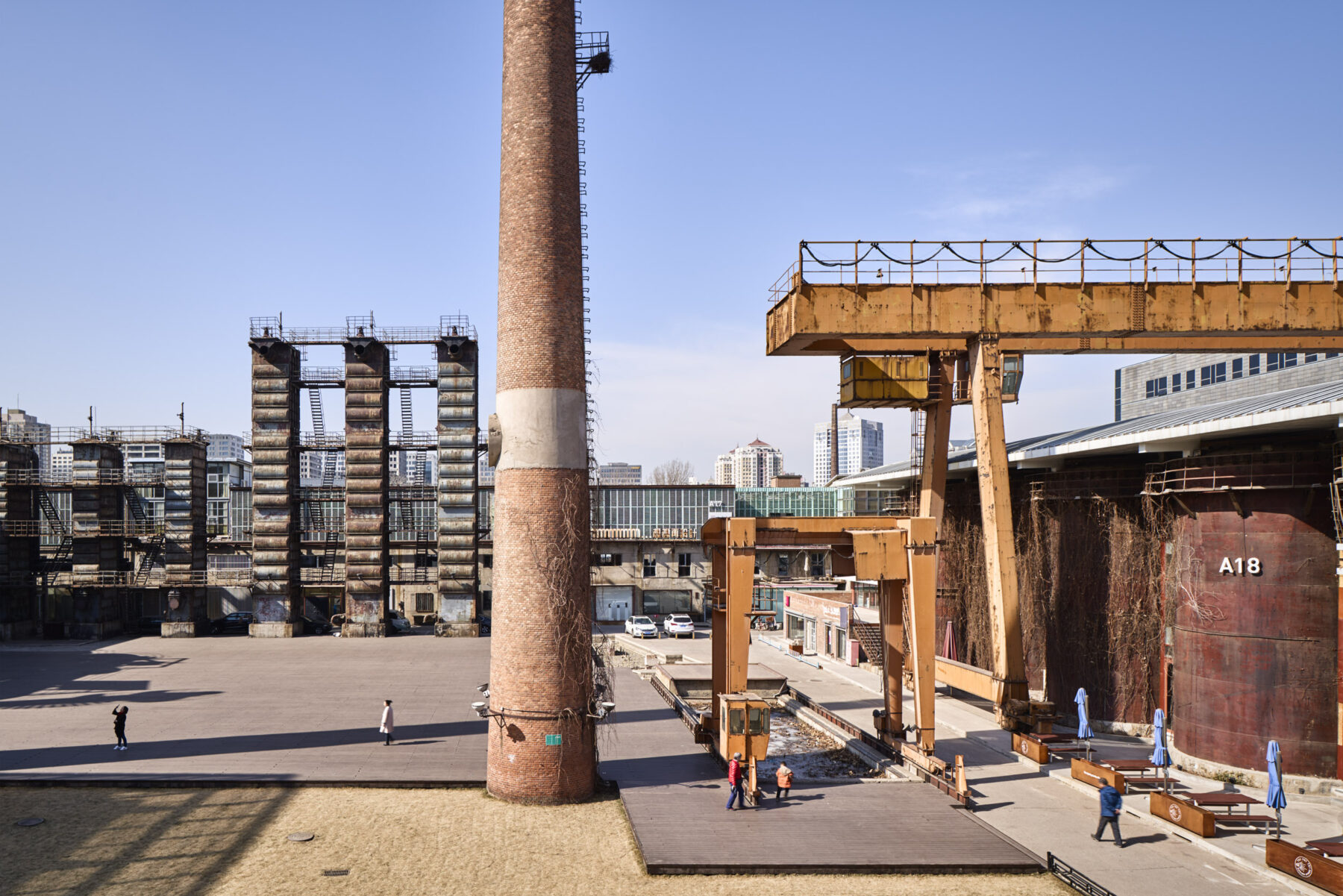
Abandoned factory buildings were transformed to new museums, galleries, and cafes. Fallow fields and hidden courtyards became settings for outdoor sculpture, fashion shows, and other events. What began as a small collection of work spaces has now evolved into the third most visited destination in Beijing, after the Forbidden City and the Great Wall. Across our planning work, we see the potential of existing city fabrics and create space for contemporary life. Today, 798 draws millions of visitors as one of the world’s most important cultural districts.
Sasaki has long thought about the public spaces across scales, from individual interventions to streetscapes, parks, and waterfronts. This theme extends across built and implemented projects, to broader work like park systems. Public spaces help cities achieve larger strategic objectives, from equity and resilience to economic development. With a mission to create places that enrich communities and elevate the human experience, Sasaki centers on the spaces where people come together.
In 1973, the Christian Science Plaza opened in Boston’s historic Back Bay area. There, Sasaki designed nine acres of open space. Over 50 years later, it’s still a lively civic commons for the city. As Principal and urban designer Dennis Pieprz explains, our work on the project centers on what it means to experience public space. “After all these years, the project holds true to its elemental qualities: timeless, dignified, civic, welcoming, celebratory; a classic place in the heart of Back Bay.” Pieprz sees the potential of projects like the plaza and campus plans as catalysts for rethinking what a city can be.
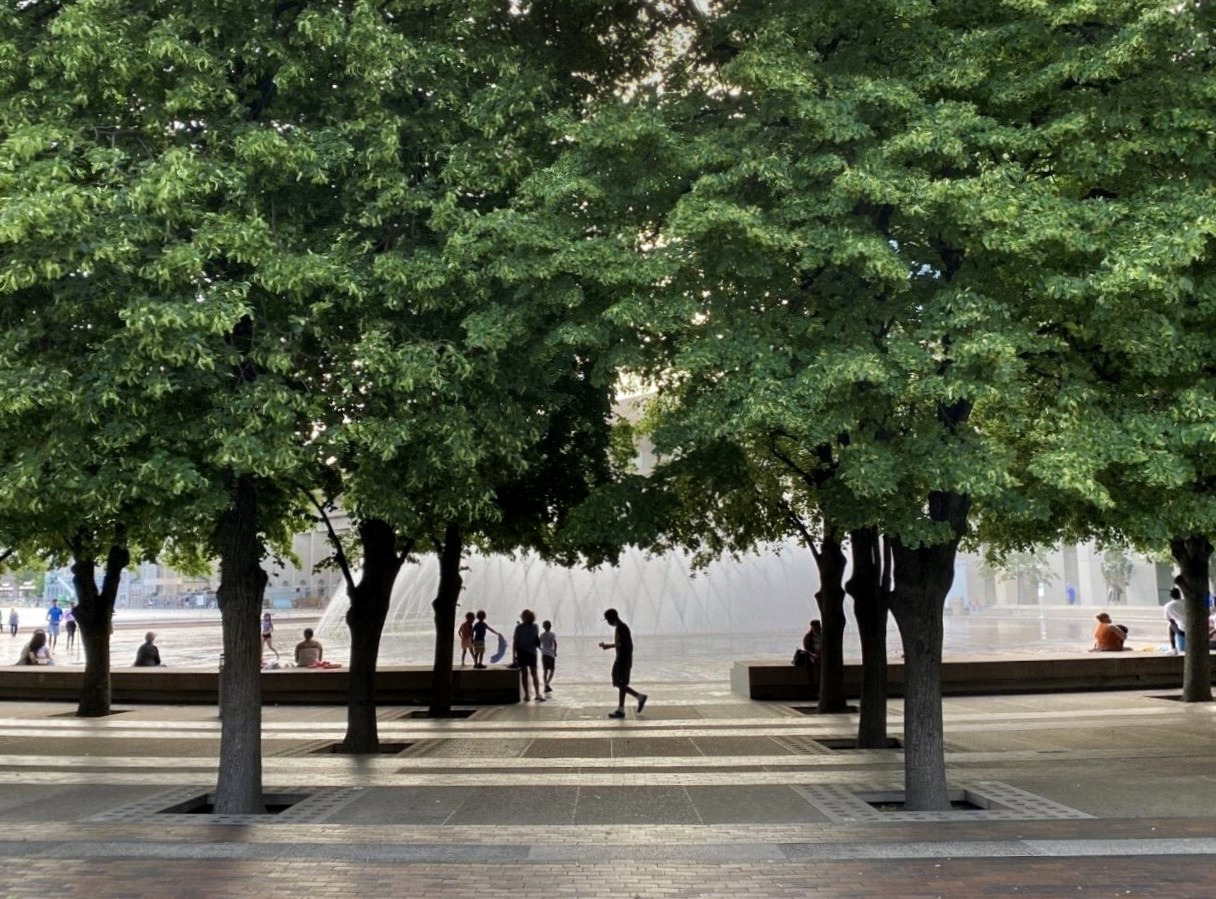
Increasingly, the lines between public and private are blurred. Today, private entities are responsible for a lot of what we now treat as public space. As a result, we’ve invested in the partnerships with our clients to create the best possible streets, parks, plazas, and other shared spaces. These collaborations have become a linchpin in the pursuit of larger strategic objectives. Well-designed and accessible public and semi-public spaces can provide communities with areas to gather across socio-economic backgrounds. They can break down physical and social barriers, promoting interaction and understanding, ultimately working towards a more equitable city.
Public spaces play a pivotal role in bolstering a city’s resilience and economic development. By integrating green infrastructure and sustainable design principles into public spaces, cities can enhance their resilience to environmental challenges such as flooding or extreme heat. For Boston City Hall Plaza, the management and reuse of rainwater was an important component in making the plaza more sustainable. Over 50% of the rain that falls onto the plaza filters through permeable pavement surfaces and vegetated areas, hydrating plants and replenishing the groundwater.
The design serves as adaptable infrastructure, offering a buffer against shocks and stresses. Simultaneously, its vibrant and well-maintained public realm attracts businesses, residents, and tourists, driving economic development. At Boston City Hall and across our work, we aspire to foster a sense of belonging.
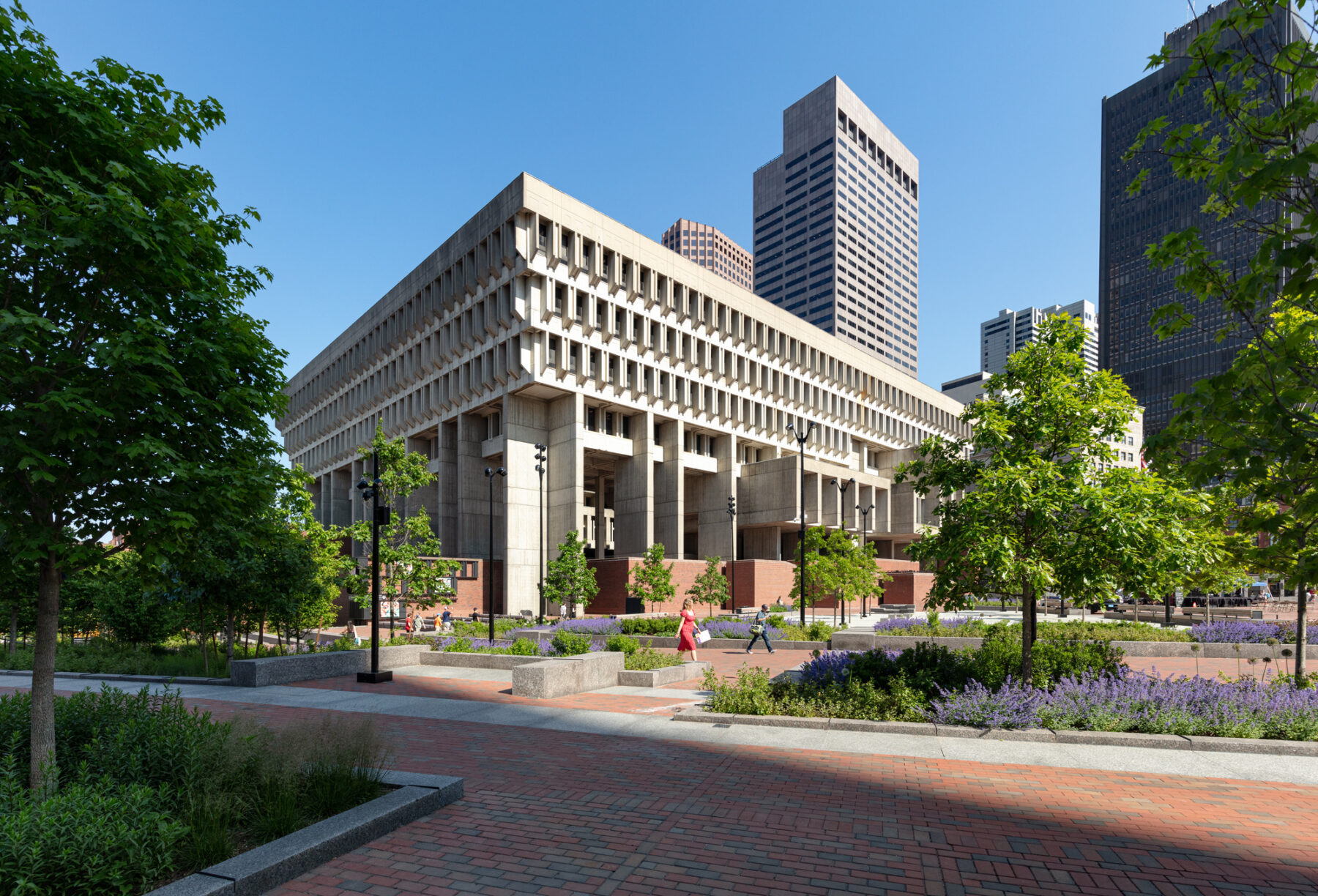
“Cities are not just reflections of the present, but also a result of histories that are dynamic and layered. We can’t approach planning and design from a singular perspective; no two cities are alike."
-Martin Zogran, principal and urban designer
Better design, together is a charge. When we look to the future, our strength at Sasaki spans from architecture and space planning to resilience-building and community engagement. Principal and urban designer Martin Zogran echoes a sentiment shared across Sasaki: our approach defines our work. “Cities are not just reflections of the present, but also a result of histories that are dynamic and layered. We can’t approach planning and design from a singular perspective; no two cities are alike. As we shape the shared environments of our cities, we’re also working to understand what urban life can look like through diverse perspectives.” At the heart of this approach is our ability to leverage practitioners’ unique experiences, together.
Cities are undergoing a profound transformation. Sasaki’s work in cities is as plural as our practice. Perhaps at our best, we hope to create places of stillness and togetherness; architecture, landscapes and plans that communities take pride in; designs that stand the test of time. And it’s from these moments that we look forward to the next 70 years of better design, together.